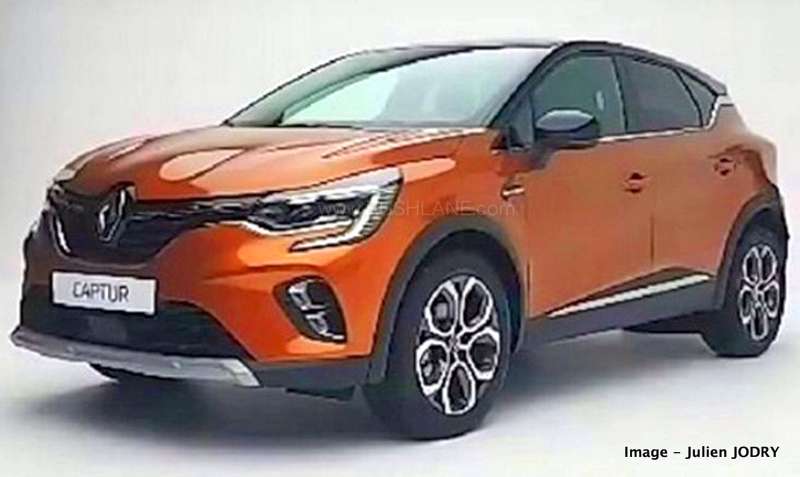

This integration substantially reduces the L-DAC plant’s overall emissions and can still enable carbon removal. Large-scale L-DAC plants have been designed to use natural gas for heat and to co-capture the CO 2 produced during combustion of the gas without the need for additional capture equipment. At best, L-DAC could operate using low-carbon fuels such as biomethane or renewables-based electrolytic hydrogen, but in the future L-DAC could shift to fully electric operation (currently only available for small-scale calcination).

While S-DAC could be powered by a variety of low-carbon energy sources (e.g. heat pumps, geothermal, nuclear, solar thermal and biomass-based fuels), the current high temperature needs of today’s L-DAC configuration does not allow that level of flexibility. This process can be optimised by combining DAC with existing ventilation systems such as those already operating within buildings. While the most energy intensive step in DAC operation is the re-release of the CO 2 after capture, energy savings can also be obtained by targeting other operations, such as the compression of large volumes of ambient air through large fans. This process is being engineered in the United States by a company using renewably powered kilns to separate CO 2 from limestone. Passive DAC relies on accelerating the natural process that transforms calcium hydroxide and atmospheric CO 2 into limestone.The first operational DAC plant relying on zeolites was commissioned in 2022 in Norway, with plans to scale the technology up to 2 000 tCO 2/year by 2025 through the project Removr. Zeolites are now being adopted for DAC thanks to their porous structure suitable for CO 2 adsorption.

ESA-DAC is currently being developed in the United States and United Kingdom. Electro swing adsorption (ESA)-DAC is based on an electrochemical cell where a solid electrode adsorbs CO 2 when negatively charged and releases it when a positive charge is applied.All the remaining projects are still at a very early stage, with no funding committed, and, in certain cases, not even an identified location for deployment.Įmerging DAC technologies relying on innovative separation systems, with the main goal of reducing the energy intensity of the processes, include:
Captur life 2020 full#
If all of these planned projects go ahead and steadily capture CO 2 at full capacity, DAC deployment would reach around 4.7 Mt CO 2 by 2030 this is more than 500 times today’s capture rate, but less than 7% of the 75 Mt CO 2 needed to get on track with the NZE Scenario. Plans for a total of 16 DAC facilities are now in advanced development or under construction. Some of the largest projects under development are in the United States ( STRATOS, Oxy-CE Kleberg County project and HIF eFuels Matagorda County project in Texas, and Bison in Wyoming), the United Kingdom (the North-East Scotland DAC project), Norway ( the Kollsnes DAC project) and Iceland (the Mammoth project). Overall, plans for at least 130 DAC facilities are now at various stages of development. Six DAC projects are currently under construction, with the largest two expected to come online in 2024 in Iceland (36 kt CO 2/year) and in 2025 in the United States (500 kt CO 2/year, with plans to scale up to as much as 1 000 kt CO 2/year).įast-growing demand for air-captured CO 2, for both carbon removal and low-emission synthetic hydrocarbon fuel production, is translating into several announcements for new, larger plants. All of these plants are small-scale, with only a few commercial agreements in place to sell or store the captured CO 2, while the remaining plants are operated for testing and demonstration purposes. To date, 27 DAC plants have been commissioned in Europe, North America, Japan and the Middle East.


 0 kommentar(er)
0 kommentar(er)
